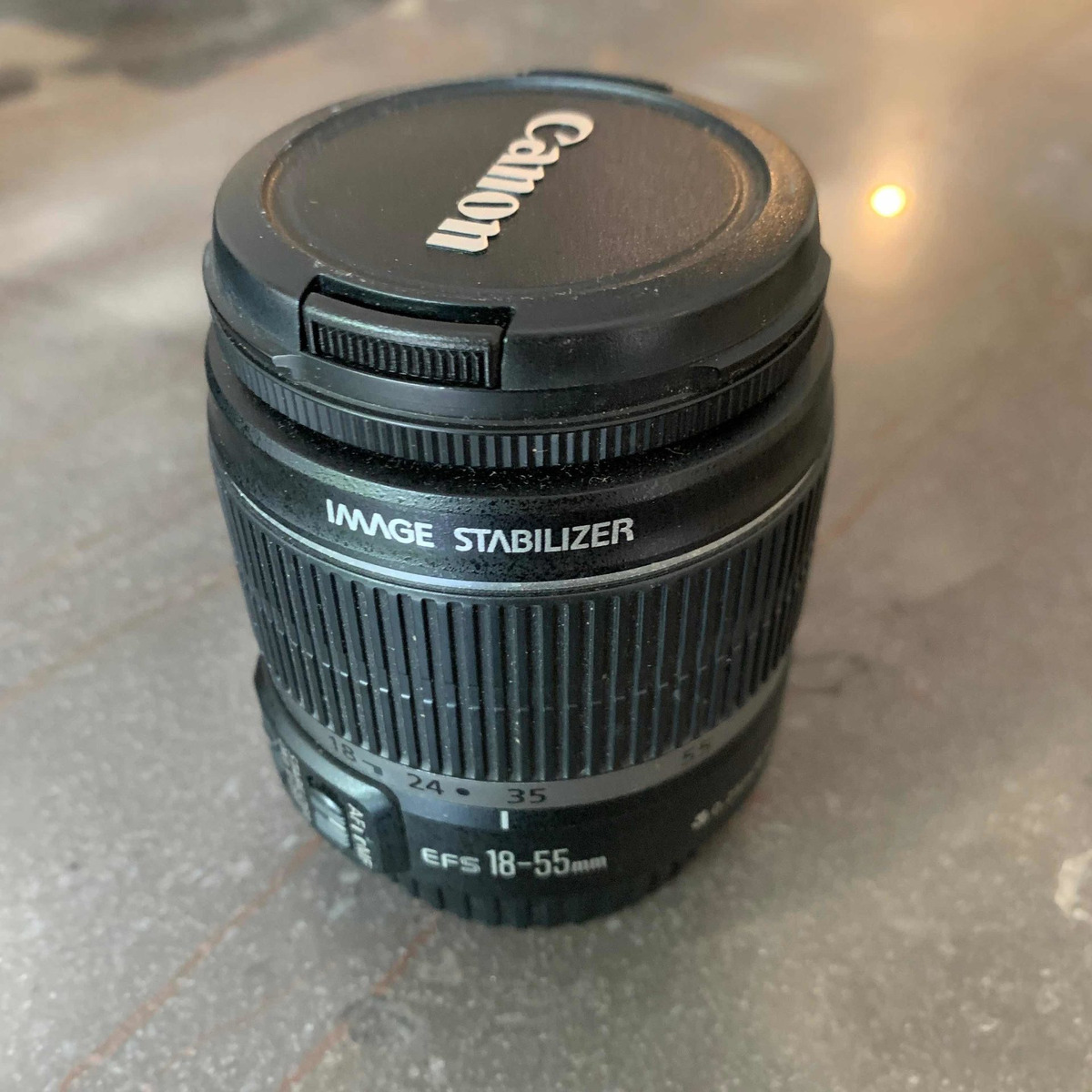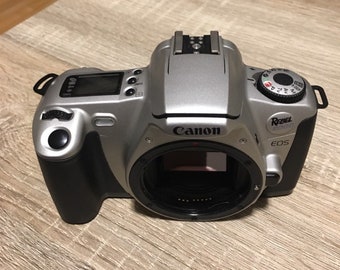

Of course, video isn't RAW, it's baked before the write, so how it looks in-camera will be how it looks on-screen. Using the histogram on the on-screen display really helps give a more empirical idea of your exposure levels than just guessing from how the video looks. If you're moving the camera into the outside from an indoor location in a single take, they get around the limitations of no aperture control with modern lenses or clicky iris rings in older lenses, and can save your footage from completely blowing out. This is where neutral density (ND) filters come in.

CANON REBEL XS DS126191 MANUAL ISO
What about if it's too bright, though? What if you're shooting in broad daylight at 1/50th at f/2? You can't turn the ISO down below 100. When shooting in dim light, ramping the ISO up to 800 or so doesn't tend to significantly impact the look of the video, especially if you can add a light pass of de-noiser in post-production. Similarly, aperture is a creative choice about depth of field, so all that's left to adjust once you've set the sensitivity of the camera. 1/50th for 24p, 1/60th for 30p) to get the "correct" amount of motion blur. This is especially useful because in video, generally the shutter speed is locked to the closest available shutter speed to the reciprocal of double the frame rate (ie. I've found that unlike my older 40D, the T3i is fairly amenable to ISO adjustment and it can be used to complete the exposure triangle quite happily.
CANON REBEL XS DS126191 MANUAL MANUAL
However, where stills eventually gained auto-everything, video has been fully manual since the birth of cinema, so there are plenty of tools and information out there to help with this part if you're new to manual camera use. Now your camera is in fully-manual mode, just like M mode in stills. To set manual exposure, go into the menu and literally the first option is "Movie Exposure." Hit SET, and switch it to "Manual." Hit SET again to confirm the option. Unfortunately, Canon haven't decided to put a proper waveform monitor into their DSLRs, so there's a tiny bit of guesswork involved. The trick to good video exposure is to use manual exposure and use the histogram.

Now that you have the camera set up to shoot, it's time to nail exposure. So what should you be thinking about, and what can you do to improve this first video you just shot? How do you add production quality? That's all there is to getting started in video, but you didn't come here for a short version of the manual.

Everything's set, so hit the Live View button to start and stop recording and you're rolling! Then set your aperture and ISO to balance the exposure, and focus the lens (to see the options here, skip to the "Focusing" section below). If it's in manual exposure and you're in 1080p24 or 1080p25, set your shutter speed to 1/50th, and if you're in 1080p30, set it to 1/60th. Now, if you haven't used the video mode before, it should be set to auto-exposure in video mode, so you're ready to roll immediately. Personally, I like to shoot with everything on-screen, including the histogram for continuous checking of exposure levels. Now you can back out of the menu, and hit INFO until you have a comfortable amount of information on screen.


 0 kommentar(er)
0 kommentar(er)
